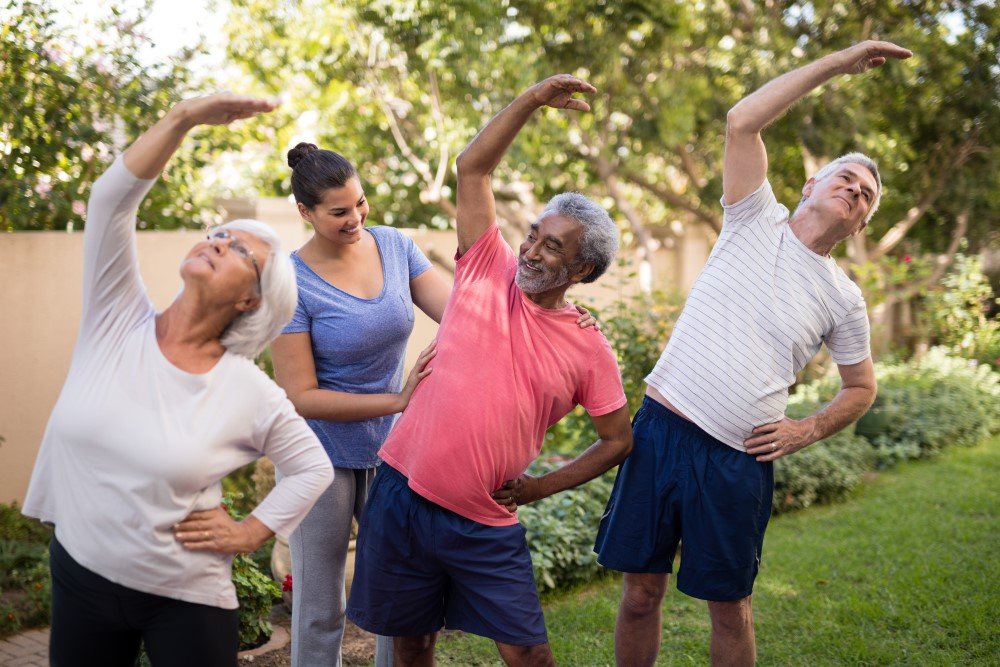What NOT to do after a hip replacement

After you have had a hip replacement, you might expect that your life will be very similar to what it was prior to surgery, just without the pain. While in many ways you are right, it does take time to get used to your new hip joint and for your body to heal after surgery.
Playing an active part in your recovery by following your doctor’s instructions and avoiding any actions that may inhibit your hip’s recovery will help get you moving again quicker.
Here’s what not to do after a hip replacement if you want to support your rehabilitation and speed up recovery.
-
Don’t rush into putting pressure and weight on your hip. If your doctor recommends that you use a cane, walker or crutches following surgery, make sure you follow his/her direction to protect your hip from any further injury
-
Do not cross the leg of your operated hip over the other, as this can cause your hip to dislocate. While this can be difficult while you are sleeping, it’s a good idea to wedge a pillow between your legs to keep them separated.
-
Do not bend forward or lift your knee higher than your hip. Your thigh must remain below a height that is parallel to the floor. So, for example, avoid lifting your knee up to put a shoe on or to step up on a high surface. This again will help prevent dislocation.
-
Don’t rush into travelling. This can be hard for some patients who have caught the travel bug, but it is important that you do not drive whilst on narcotic pain medication and avoid plane travel unless otherwise instructed by your doctor. Air pressure changes and the immobility experienced during air travel can cause your hip joint to swell, particularly while it is healing. Speak to your doctor before you rush into an overseas or interstate trip.
-
Do not be afraid to tell your doctor if you are worried about something. If you notice a sudden increase in pain, experience fever or develop an infection, it is important to tell your doctor. It can be easy to assume that it’s all part of recovery, but if something doesn’t feel right, it probably isn’t.
- Don’t give up on your exercises or replace them with other activities. While some of the exercises your physiotherapist prescribes you to perform during rehabilitation may be challenging at times, it’s important that you don’t swap them out for other activities, or avoid doing them at all. Your exercises are designed to help rebuild the strength and mobility you need in your new hip, so give them the time and effort they deserve.
After hip replacement surgery, it’s important to give your rehabilitation and treatment 100% of your focus to reduce the risk of further injury and to help your hip recover.
Dr Stuart MacKenzie is one of the top Orthopaedic Surgeons in Newcastle and the Hunter Valley and has helped many patients through the treatment and recovery of hip replacement surgery. For more information on a hip replacement, download his free specialist e-guide.
18 Dec 2018
Published by Default Admin